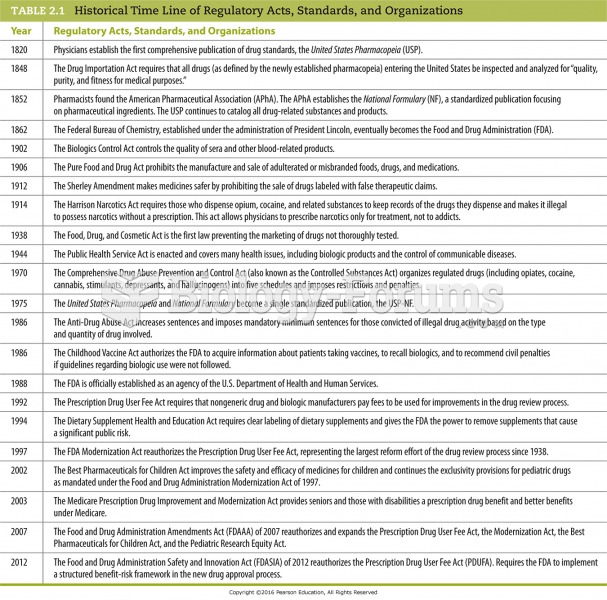Answer to Question 1
False
Answer to Question 2
Michael Gottfredson and Travis Hirschi's general theory of crime (GTC) is a developmental theory that modifies and redefines some of the principles articulated in Hirschi's social control theory by integrating the concepts of control with those of biosocial, psychological, routine activities, and rational choice theories. Offender In their general theory of crime, Gottfredson and Hirschi consider the delinquent offender and the delinquent act as separate concepts.
Gottfredson and Hirschi attribute the tendency to commit delinquent acts to a person's level of self-control. Low self-control develops early in life and remains stable into and through adulthood. People with limited self-control tend to be impulsive; they are insensitive to other people's feelings, physical (rather than mental), risk takers, shortsighted, and nonverbal. They have a here and now orientation and refuse to work for distant goals; they lack diligence, tenacity, and persistence. Impulsive people tend to be adventuresome, active, physical, and self-centered. As they mature, they often have unstable marriages, jobs, and friendships. People lacking self-control are less likely to feel shame if they engage in deviant acts and more likely to find them pleasurable. They are also more likely to engage in dangerous behaviors that are associated with criminality.
Because those with low self-control enjoy risky, exciting, or thrilling behaviors with immediate gratification, they are more likely to enjoy delinquent acts, which require stealth, agility, speed, and power, than conventional acts, which demand long-term study and cognitive and verbal skills. And because they enjoy taking risks, they are more likely to get involved in accidents and suffer injuries than people who maintain self-control.
Gottfredson and Hirschi trace the root cause of poor self-control to inadequate childrearing practices. Parents who are unwilling or unable to monitor a child's behavior, to recognize deviant behavior when it occurs, and to punish that behavior, will produce children who lack self-control.







